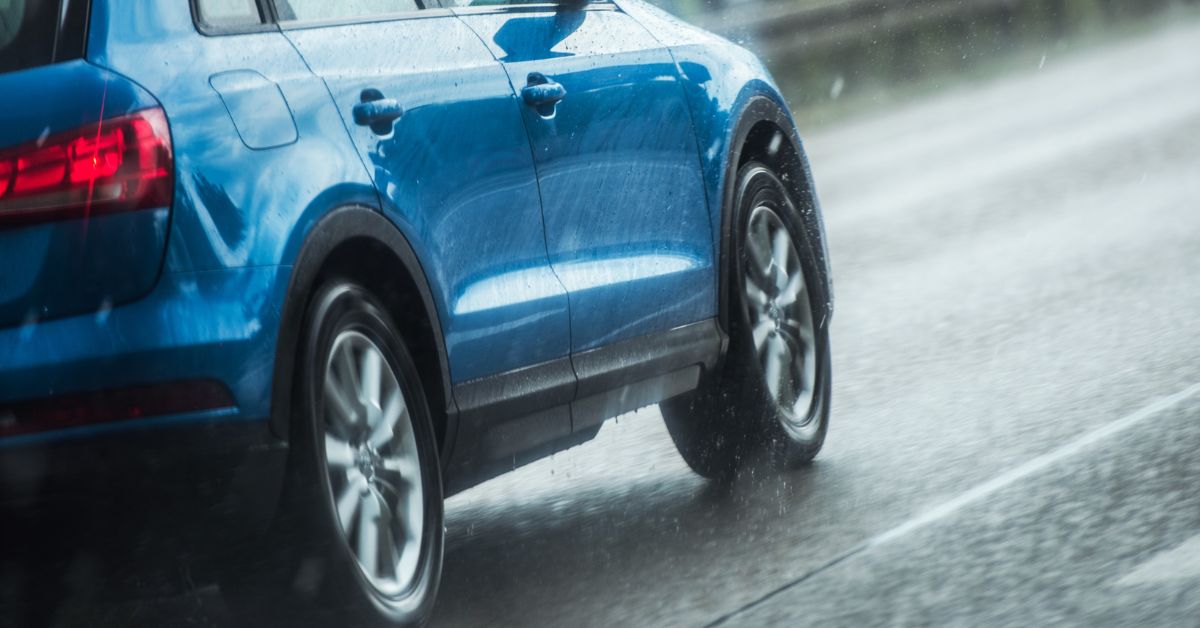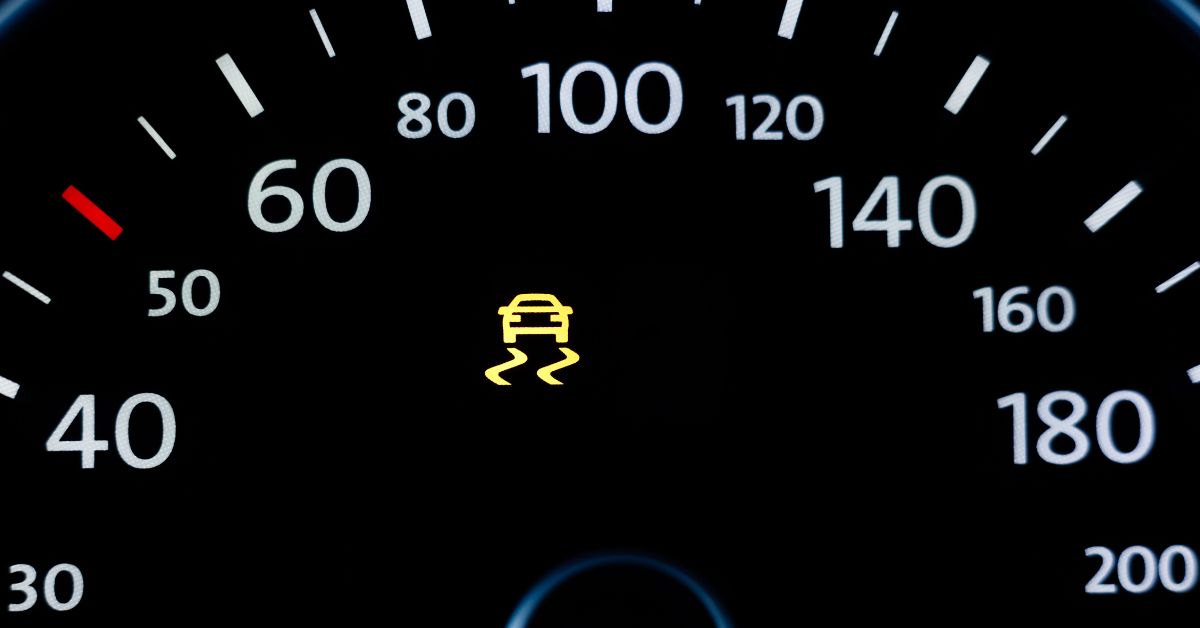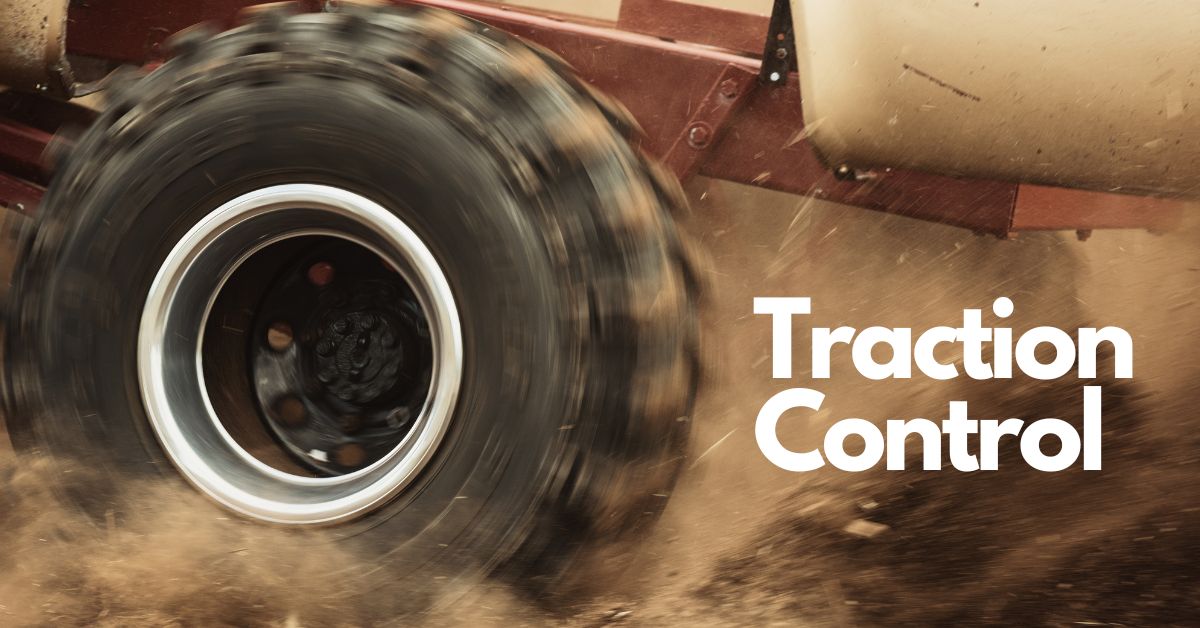To clearly understand what is traction control, we should understand what is traction.
Traction in vehicles is the grip of tyres on the road.
Traction control is a smart system that prevents the wheel from losing traction on slippery surfaces such as snow, ice or wet roads. It works by monitoring wheel speed and adjusting power delivery to individual wheels to maintain traction and stability.
This technology is estimated to get better and better due to the rapid growth of AI systems in recent years.
How does traction control work?

The traction control systems use a type of sensors called yaw rate sensors in all wheels of the vehicle. The purpose of the sensors is to measure the speed of the car and the speed of the tyres.
Now usually the speed of the car and the RPM of the tyres are in a more or less fixed proportion to each other. Now if the tyre loses traction then its RPM will increase way more than the speed of the car.
Read More: What is ADAS in Car: Advanced Driver Assistance Systems
The traction control system detects this and reduces the speed of the vehicle.
This helps your car to regain traction. When it activates, you might feel a bit of a jerk in the car. But that means that the safety feature is doing its job.
Traction control does not work alone. Usually, the ABS system is also activated alongside the traction control.
Now imagine you are running at high speeds. If you suddenly try to stop yourself there is a high chance that you will skid on the floor and maybe even fall down.
To prevent this kind of skidding in cars the Anti-lock braking system is used. This system ensures that your wheels continue to spin when you brake and don’t lock up on you. If the wheels were to lock up, then you could lose control over your car.
Benefits of traction control
Traction control prevents your vehicle from losing control and saves you from accidents.
It makes driving on various terrains easier. It increases overall vehicle stability.
When to use traction control

Traction control can be switched on and off in the vehicle. There are very few situations that would require you to lose traction on purpose so it is advisable and precautionary to keep it on all the time. Remember during driving negligence of a moment can give regrets that last a lifetime.
Traction control is beneficial while driving on
- Dangerous tight curves
- Driving in harsh weather conditions
- Wet and icy roads
How to activate traction control
The traction control button is usually situated on the left or right side of the steering wheel. It is represented by a car with squiggly lines behind it. You can activate traction control by pressing that button.
Read More: What is Torque in Car: The Driving Force Behind Your Vehicle
Limitations of traction control
Although it is advisable to keep the traction control system on most of time but there are some situations where it may do more harm than good.
- the traction control system is electric so it is possible for it to malfunction or not work in some conditions. If you see a triangle with TCS in it with a line through it, you may have a problem with the system. This symbol usually appears on the dashboard.
- If you are stuck in snow, sand or mud it will be really hard for you to get out with the traction control system on. As the tyres have no stable structure around them to grip on to the wheel will naturally spin faster but the traction control will slow you down.
In situations like these, the wheels spin till they find a hard surface to hold on to but the traction control system will prevent that by not allowing the wheels to spin that fast.
- If you are into drifting, the traction control system will make it near impossible to do, because drifting relies on the skidding of the car.
How To Fix the TCS Light

Just like nearly all electronics it can be fixed most of the time by a restart.
Just switch off the car when it is safe to do so, let it sit for a minute, and then turn it back on. However, if the light remains on after the restart, it’s best to take the vehicle to a dealership or certified mechanic. A mechanic will be able to diagnose the problem and most likely be able to fix it.
Conclusion
In conclusion, traction control plays a vital role in enhancing vehicle safety and stability on the road.
By preventing the car from losing control, the traction control system helps drivers navigate challenging driving conditions with confidence and peace of mind. Traction control is an essential safety feature, and improves driving dynamics and ensures a safer driving experience for all motorists.
But one should remember that at the end of the day your life is your own so you should be careful while driving and also take other safety measures if you are to drive in these conditions.

